Hot Product
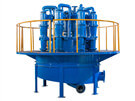
- Hydrocyclone Group
Hydrocyclone group is widely used in coal preparation plant...
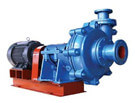
- Slurry Pump
Slurry pump is mainly used in mining, power plant, dredging, metallurgy...
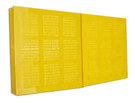
- Polyurethane Dewatering Screen Panel
In addition to the performance of...
Hydrocyclone Separator Design Calculation
Date: 2021-07-28 From: Longding Author: admin
Here is the systematic analysis of the main influencing factors of hydrocyclone performance for the hydrocyclone separator design calculation, to promote the application of hydrocyclones in the field of solid-liquid separation. Hydrocyclones are mainly used to complete various solid-liquid separation operations such as clarification, dehydration, thickening, liquid purification, sand removal, and solid recovery.
1. Hydrocyclone separator diameter
The diameter of the hydrocyclone mainly affects the production capacity and solid separation particle size. Generally, as the diameter of the cyclone increases, the production capacity and separation particle size will increase. In the design process of the hydrocyclone, the diameter of the cyclone can be determined according to the design scale and separation particle size. The large-diameter hydrocyclones are generally used on occasions that require coarse overflow and high production capacity. Small diameter hydrocyclones or hydrocyclone groups are used for fine separation particles.
2. Hydrocyclone separator opening size
The opening size of the hydrocyclone refers to the size of the feed port, underflow port, and overflow port.
The increase in the size of the feed port will increase the production capacity and separation particle size of the hydrocyclone, and reduce wear. The recommended diameter of the optimal feed port of the industrial cyclone is de=(0.15-0.25)D, where D is the diameter of the cyclone. The shape of the feed port is also very important. The rectangular feed port is more helpful to the expansion of the feed along with the cyclone than the round feed port. Compared with the tangent inlet, the involute inlet not only minimizes turbulence but also reduces wear.
The diameter of the overflow port should be slightly larger than the diameter of the feed port, generally do=(1-2)de. Increasing the overflow diameter(do) within a certain range will increase the production capacity and increase the separation particle size when the inlet pressure remains unchanged.
The decrease in the diameter of the underflow port will increase the underflow concentration, increase the separation particle size, and decrease the overall separation efficiency. The best underflow orifice diameter du is du=(0.07—0.10)D. The diameter of the underflow port should be smaller than the diameter of the overflow port.
3. Overflow pipe depth of hydrocyclone
As the depth of the overflow pipe decreases, the production capacity of the cyclone increases, while the separation particle size decreases. The best insertion depth of the overflow pipe is l=(0.33-0.50)D.
4. Wall thickness of hydrocyclone overflow pipe
The increase in the wall thickness of the overflow pipe can improve the separation efficiency of the cyclone, reduce its internal loss, and slightly increase the production capacity of the cyclone. When designing the cyclone, the wall thickness of the overflow pipe can be appropriately increased, as long as the outer diameter of the overflow pipe does not exceed D-2de. Research shows, making the outer wall of the overflow pipe into a ring tooth shape helps to improve the separation accuracy of the cyclone.
5. Cone angle of hydrocyclone
The increase of the cone angle of the hydrocyclone will cause the fluid resistance in the hydrocyclone to increase. The separation particle size becomes larger as the hydrocyclone increases. It is recommended to use a small cone angle (Α≤15°) for the hydrocyclone for solid-liquid separation. However, when the processed slurry has a large concentration, coarse particles, and high separation efficiency is not required, a large cone angle (Α>40°) should be considered to prevent the underflow port from clogging.
6. Hydrocyclone feed concentration
The separation accuracy decreases with the increase of the slurry concentration. The separation particle size increases with the increase of the slurry concentration. Achieve the separation of finer particles, it can only be achieved under the conditions of low-concentration feed and high pressure drop. Generally, the feed concentration should not exceed 30%.
7. Feeding size composition
For processing coarse-grained materials, the solid content in the underflow is higher, and the separation particle size is larger. Therefore, for coarse-grained materials, in order to obtain a smaller separation particle size, it is necessary to deal with its overflow in series with a hydrocyclone. The content of particles close to the separation size in the material is less, the “separation load” of the hydrocyclone is smaller, and the separation effect is better.
8. Feeding viscosity and solid-liquid density
The production capacity of hydrocyclones increases as the viscosity of the medium increases. The increase in the density of the liquid will cause an increase in the separation particle size and a decrease in the overall efficiency of solid separation. The increase of solid density will lead to the reduction of separation particle size and increase the efficiency of solid separation.
9. Hydrocyclone feed pressure
The increase in inlet pressure will lead to an increase in separation efficiency and production capacity, as well as a decrease in separation particle size. To obtain a satisfactory separation effect, it is important to keep the inlet pressure at a constant level. To obtain a satisfactory separation effect, it is important to keep the inlet pressure at a constant level. Any change in pressure will reduce the working efficiency of the hydrocyclone.
10. Hydrocyclone installation inclination
Most hydrocyclones are installed vertically(the overflow port is on the top, and the underflow port is on the bottom). For small and medium hydrocyclones, the installation inclination has little effect on their separation performance. Recent studies have shown that with the increase of the installation inclination angle, the production capacity of the hydrocyclone has increased, and the separation particle size has also increased.
Leave a Message
Here you can submit any questions and we will get back to you as soon as possible. We will not disclose the information you submit to anyone, please rest assured.

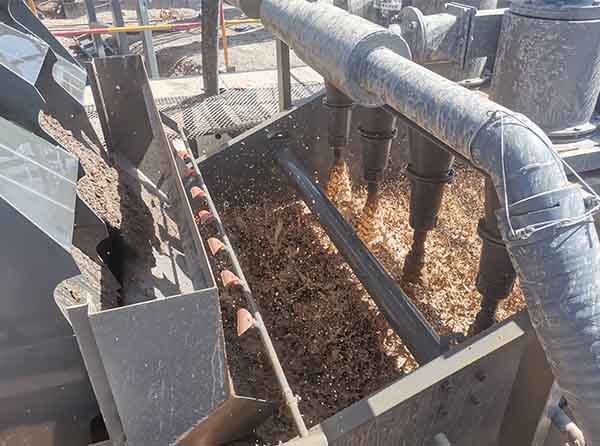
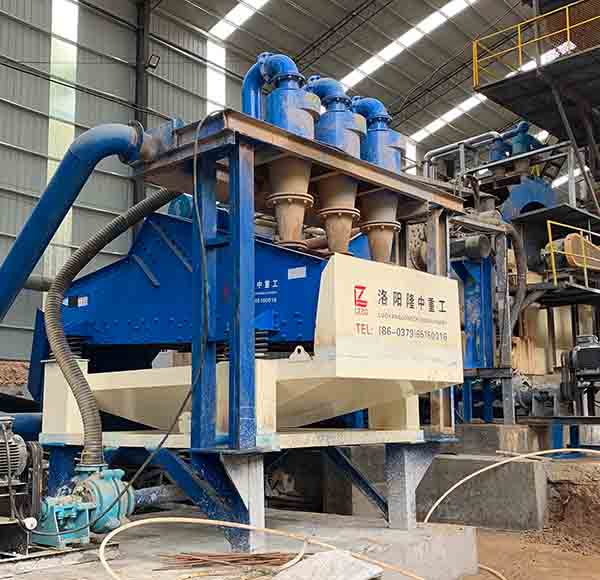

Inquiry